No hidden costs.
We provide complete home renovation services.


In warm climates like Austin, Texas, clay tiles are renowned due to their natural insulating qualities, keeping homes cool and comfortable and at the same time adding an aesthetic touch of rustic charm to the roof and its surroundings.
Clay tiles are a traditional material used for many years.
Clay roof tiles are made by mixing clay with water and then shaping the mixture into tiles. The tiles are then fired in a kiln at high temperatures. This process causes the clay to harden and become waterproof.
Clay tiles have a life span of 100 years, no wonder this long-lasting material has become one of the most popular roofing materials in the world.
Clay tiles come in many shapes and colors adding a special touch to your roof.
Clay tiles are one of the most popular roofing materials in the world.
most tiles are composed of terracotta clay. The tiles are made of clay, which is red due to the clay’s high iron content. Manufacturers mold this material into different shapes. The clay is heated in a kiln, reaching temperatures of up to 1,000 degrees Fahrenheit.
The result is a reddish-brown finish that looks fantastic on your roof.
Stemming from clay’s ability to take on any shape, tiles are versatile, suiting any architectural style from colonial to contemporary. Clay tiles can be flat or round with varying colors and profiles.
Each type of Clay roof tile comes with unique characteristics and applications. Some common types of clay tiles include:
Pan clay tiles are simple and wavy-shaped tiles used for roofing. They are laid in overlapping rows to create a waterproof and weather-resistant roof.

The Romans used these roofing materials to cover their buildings, particularly in the period of the Roman Empire.
There are 2 types of Roman tiles: Double Roman tiles feature two rolls, and Single Roman, which have just one roll.
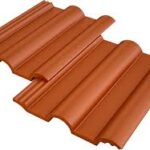
Double Roman tiles
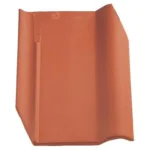
Single Roman
Mission tiles, referred to as barrel-style tiles, are installed in pairs, with the top tile overlapping the lower one in neat rows. These tiles typically measure 8″-12″ in width and 16″-19″ in length
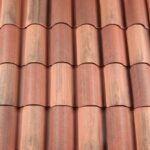
Spanish tiles, also known as Simple tiles are one-piece, S-shaped design that provides a high-profile aesthetic similar to mission tiles. However, these recognizable tiles are cheaper to install.
Spanish style creates a signature rippled roof effect without variations. This style is less customizable than mission tile and cannot be staggered to create unique patterns.
The most prevalent size for Spanish tiles is 13″ wide and 16 1/2″ long, though you can readily find other sizes like 9″ by 14″ as well.
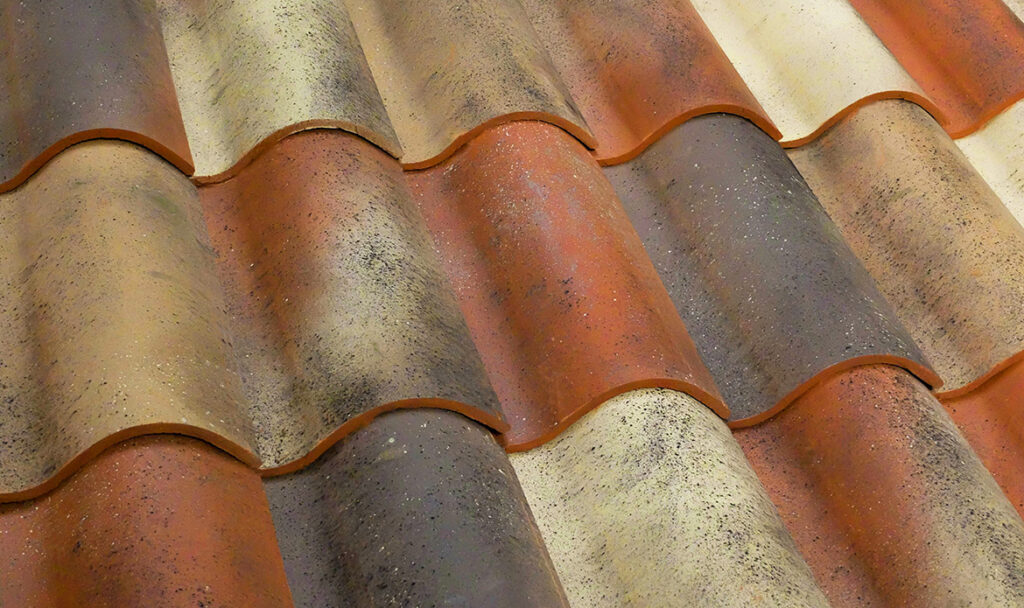
French tiles are known for their interlocking, low-profile design, distinguished by two groove-shaped ribs that enhance drainage. It also creates a unique visual appeal and makes French tiles one of the most distinctive roof tile styles.
These tiles are typically installed in a single layer, with a 3″ roof tile overlap, answering the question of how much the tiles should overlap for this particular type.
Regarding dimensions, most French tiles come in sizes ranging from 9″ to 13″ in width and 11″ to 16″ in length.
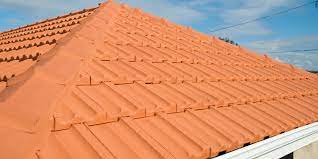
Flat tiles offer the durability of terracotta clay while mimicking other popular roofing materials like slate tiles and wood shakes. These tiles can be installed with an interlocking design using fasteners or laid in a double thickness like traditional shingles to create multidimensional patterns.
Interlocking clay roof tiles feature a design that allows them to fit together securely. The interlocking mechanism helps create a solid and weather-resistant roof as the tiles lock into place, reducing the risk of water leakage and providing enhanced stability.
These tiles are commonly used in various architectural styles and are known for their durability, longevity, and aesthetic appeal. They are popular in many regions due to their ability to withstand harsh weather conditions and classic and timeless appearance.
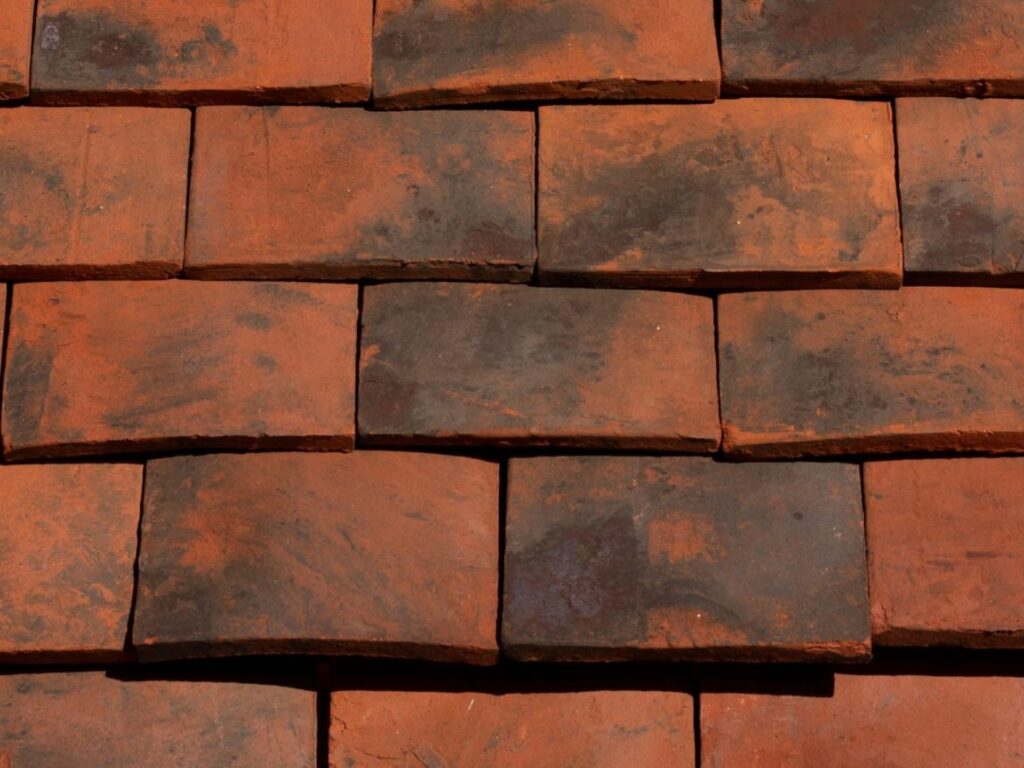

Austin Roofing Company is a family business that works with you every step of the way, from a free roof inspection, through your home insurance company up to a new beautiful roof.
With proper maintanance and installation, a clay roof can last up to 100 years.
Clay tiles are known for their natural insulating qualities, keeping homes cool, they are used in many hot areas and make a great roofing choice in the Austin area.
Yes, clay roofs help to minimize heat transfer in and out of your home. This means warmer temperatures are kept out during the summer and kept in during colder seasons.
Clay tile roofs offer good insulation, longevity, and aesthetics. Although the initial cost is high, a well-maintained roof can last a lifetime, and it can boost the energy efficiency of your home. Consult a structural engineer or our roofing professionals at Austin Roofing Company to determine whether your home is a good candidate for a clay tile roof.


Subscribe to our newsletter and get update in your inbox.
© All Copyright 2024 by ARC - Austin Roofing Company